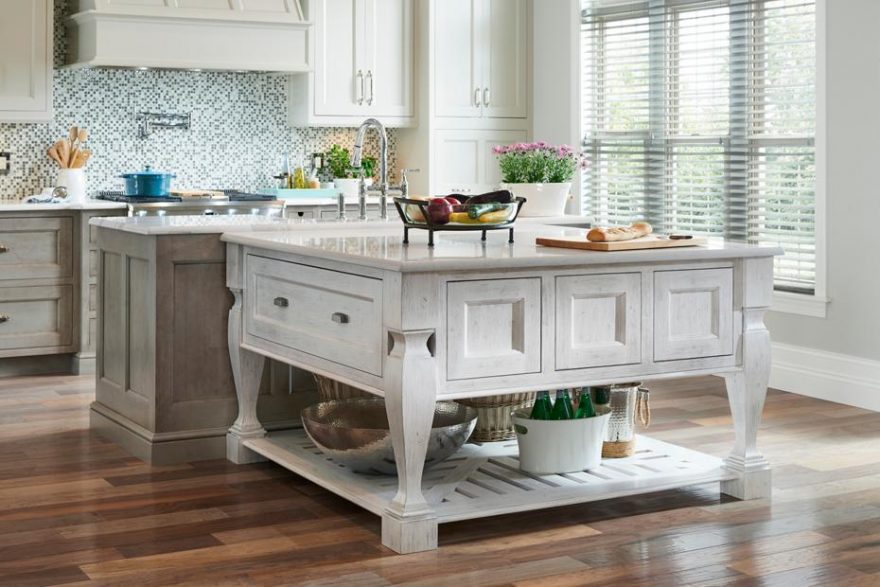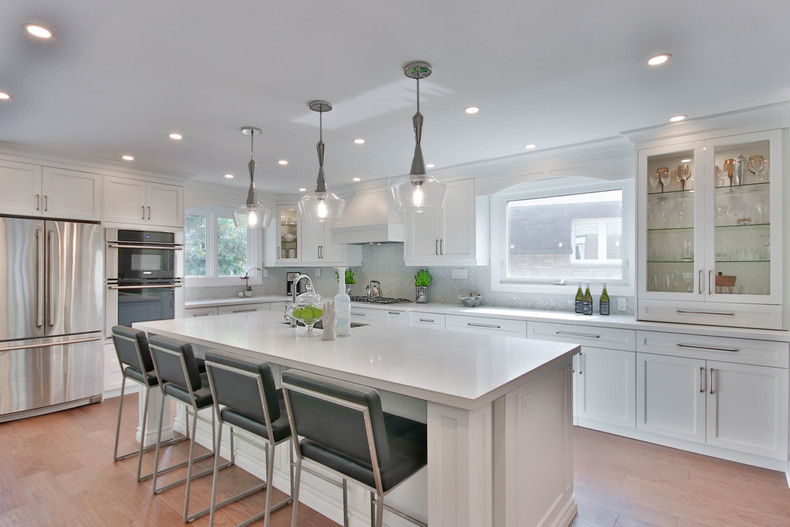Achieve an Innovative Look Making Use Of Ornate Legs For Kitchen Island Styles
Achieve an Innovative Look Making Use Of Ornate Legs For Kitchen Island Styles
Blog Article
Crucial Factors to Think About When Choosing Legs For Kitchen Area Island
Choosing the proper legs for a kitchen area island includes a cautious evaluation of multiple factors that can considerably influence both functionality and visual allure. Among these, the option of material plays a pivotal duty in making certain durability, while the layout has to match the existing design. Additionally, factors to consider such as elevation and weight support are important for security and convenience. As we explore these components, it ends up being clear that each decision can have far-ranging ramifications for the overall cooking area experience. What nuances should be taken into consideration in each of these classifications to achieve the excellent balance?
Material Options
When picking legs for a kitchen island, comprehending the numerous material choices is essential for accomplishing both visual allure and structural stability (Legs For Kitchen Island). The selection of product considerably influences not just the toughness of the island however additionally its total style and functionality
Steel legs, often made from stainless steel or wrought iron, add a commercial and contemporary feeling while making sure toughness and security. These materials are resistant to wear and can sustain significant weight, making them suitable for bigger islands.
One more option is engineered products, like MDF or plywood, which can be a lot more economical while still using a variety of finishes. Nonetheless, they might not supply the very same degree of stability as solid timber or metal. Materials such as acrylic or glass can create a modern look, though they might require added support to ensure security.
Ultimately, the option of material for cooking area island legs ought to align with the preferred functionality and the general theme of the kitchen area.
Style and Style

When taking into consideration style, the form and surface of the legs are crucial. Conical legs can offer a feeling of lightness and style, while thicker, much more durable legs can communicate toughness and stability. In addition, the finish-- be it repainted, stained, or all-natural-- should match the kitchen cabinetry and counter top products to create a unified look.
In addition, the design of the legs can likewise mirror personal preference. Personalized or ornamental legs, such as those including intricate carvings or special geometric forms, can work as prime focus, including personality and personality to the kitchen area. Inevitably, the right option will certainly not just boost functionality however likewise boost the visual appeal, making the kitchen island a standout function of the home.
Elevation Factors To Consider
Picking the appropriate elevation for cooking area island legs is crucial, as it straight influences both performance and comfort. The basic height for a cooking area island commonly varies from 36 to 42 inches, lining up with common kitchen counter elevations.

It is additionally crucial to represent individuals' preferences and elevations. Personalizing the elevation can make sure a comfortable experience for all member of the family, making the cooking area island a much more practical and enjoyable area.
Weight Support
Making sure sufficient weight assistance for kitchen island legs is essential for both security and capability. The kitchen island usually serves numerous purposes, consisting of cooking, dining, and added storage, requiring a durable support framework. When picking legs, it is important to take into consideration the overall weight capability called for based on the island's meant usage and the products that will certainly be positioned on it.
The option of product for the legs plays a significant role in their weight-bearing abilities. Strong wood, metal, and durable compounds usually offer remarkable toughness contrasted to lighter materials. Furthermore, the style of the legs-- whether they are right, tapered, or have a pedestal kind-- can affect their ability to distribute weight efficiently throughout the framework.
Moreover, the leg placement ought to be tactically intended to boost security. Legs placed at the edges or with a bigger base can much better sustain larger lots. Constantly consult the producer's specs relating to tons limitations to make sure that here are the findings the legs can sustain the designated weight without jeopardizing security. In summary, selecting kitchen island legs with adequate weight assistance is crucial for developing a secure and useful culinary space.
Installment and Upkeep
Correct installation and maintenance of cooking area island legs are crucial for making certain longevity and stability. This often includes protecting the legs to the island base making use of appropriate fasteners, making sure that the legs are degree and aligned.
When set up, normal upkeep is required to maintain the honesty and appearance of the legs - Legs For Kitchen Island. For wooden legs, regular cleansing with a wet towel and application of suitable wood polish can avoid dampness damages and keep their finish. Metal legs may need a mild cleansing solution to get rid of oil and grime, followed by a dry cloth to avoid rust formation
Additionally, inspect the legs regularly for indicators of wear or damage, such as cracks or loosened joints. Tightening screws or screws as needed can also lengthen the life expectancy of the legs. By sticking to these setup and maintenance methods, property owners can ensure that their cooking area island remains tough and visually appealing for several years to find.
Conclusion

Aesthetic coherence is extremely important in selecting the style and layout of legs for navigate to this website a kitchen island, as these elements considerably affect the total atmosphere of the room. Conical legs can provide a sense of lightness and sophistication, while thicker, more robust legs can convey stamina and security.Picking the ideal elevation for kitchen island legs is essential, as it directly affects both performance and convenience. In recap, picking cooking area island legs with ample weight assistance is essential for creating a safe and practical culinary space.
In conclusion, selecting legs for a kitchen island necessitates careful factor to consider of numerous variables, consisting of product choices, style, height, weight support, and installation.
Report this page